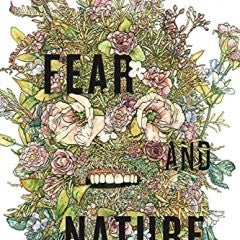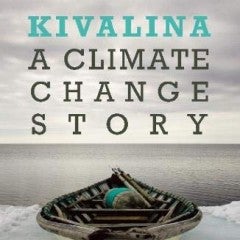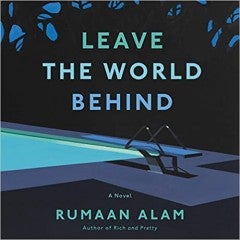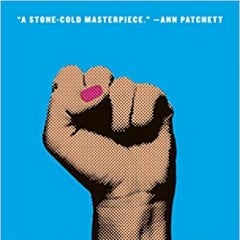Penguin describes Alexandra Kleeman’s 2021 novel Something New Under the Sun as “all-too-timely”—a difficult label for a book to bear when we’ve been living in “unprecedented times” for almost two full years. Jeff VanderMeer, who has come to stand as an authority in contemporary climate fiction after the success of his Southern Reach Trilogy, is quoted on the back of the book as saying it’s “so very, very much what we need in these uncertain times.” The quote begs the question: which uncertainty is it that this book addresses?
A hazy book permeated by a murky sense of crisis, Something New Under the Sun is interested in just such a question. It starts slow and somewhat esoterically as we follow Patrick Hamlin, a novelist from the US’s east coast, to Hollywood. He has come to assist with the development of his recent novel into a film but finds himself mired in a social world he struggles to navigate, seemingly without much editorial oversight at all. Tasked with driving grown-up child star Cassidy Carter to and from the set, Patrick finds California dry, corrupt, and unhomely.
The setting—a washed-out Los Angeles baking in a dry heat—permeates the narrative. Dehydrated, disoriented, we wander with Patrick through an unclear landscape that feels both familiar and radically strange. A raging wildfire somewhere nearby blends with the Hollywood haze to lend a sense of unreality to the world: “The sky is blue but diluted by a grayish, brownish undertone that can be found everywhere and nowhere at once—like the halfhearted presence of his wife and daughter over text or phone, like the internet, like DDT” (18). Kleeman’s prose flits between subjects and actors, zooming in here on a mouse, there on a beetle, gesturing towards a sense of interconnectivity and the relations between all things. But where a less confident novel might make a clumsy claim about the oneness of being, Something New Under the Sun—thankfully—remains agnostic about what those relations might mean.
The novel takes its time slow-burning into a detective story, but once it gets there, the intrigue is gripping. Cassidy’s childhood role as kid detective Kassi Keene provides the blueprint for her and Patrick to team up and uncover something that is probably a conspiracy! And as with the Kassi Keene show, something lurks under the surface. Ultra-fans dedicate their time to analyzing the show frame-by-frame and sharing theories online about “The Big Reveal” (TBR), a suspected dark past of the cheery kid-show seaside town. Similarly, the solution to the novel’s mystery—which surrounds the production of the film but seemingly has nothing to do with its content—feels both much deeper and more banal than something that requires two adults to solve it.
The sense of mystery—of uncertainty—stretches across the continent. Patrick has left his wife and young daughter behind on the East Coast to follow his Hollywood aspirations. Soon, though, he loses track of them as they join a mysterious group (cult? commune? summer camp?) dedicated to mourning those earthly beings that no longer exist. Patrick scrambles to communicate with his family, hindered by spotty reception and only a single payphone on the camp compound. He listens, confused, as his wife—who has recently recovered from a psychotic break relating to lawns—explains: “This morning, they finally declared the Thwaites Glacier dead. There are pieces floating around still, but it’s like looking for teeth in the ashes of a fire. The thing that had a name has been wiped off the face of the earth” (141).
Something New Under the Sun is a novel about how, as VanderMeer says, we need something very much in these uncertain times. But what is it that we need? A new, synthetically-produced beverage known as WAT-R? Answers to questions about where the funds for our favorite media entertainment come from? A secluded retreat in the mountains where we can focus on the past and what has been lost to it? Through twisting, narrow sentences and glimpses of looming structures of power, Kleeman shepherds her readers to a near-future haunted by what we already know about the near-past. This is a novel for people looking for that thing with a name that has been wiped off the face of the earth; it’s a novel about realizing that the name is important, but not being able to remember what it is.






